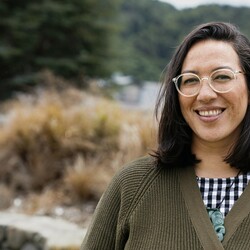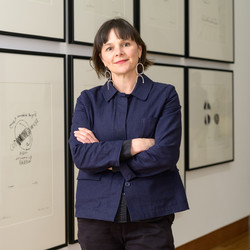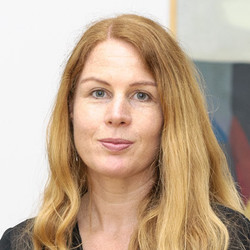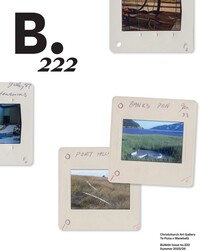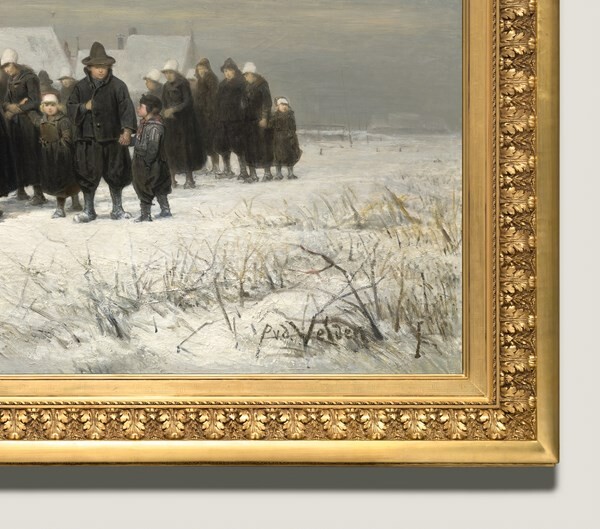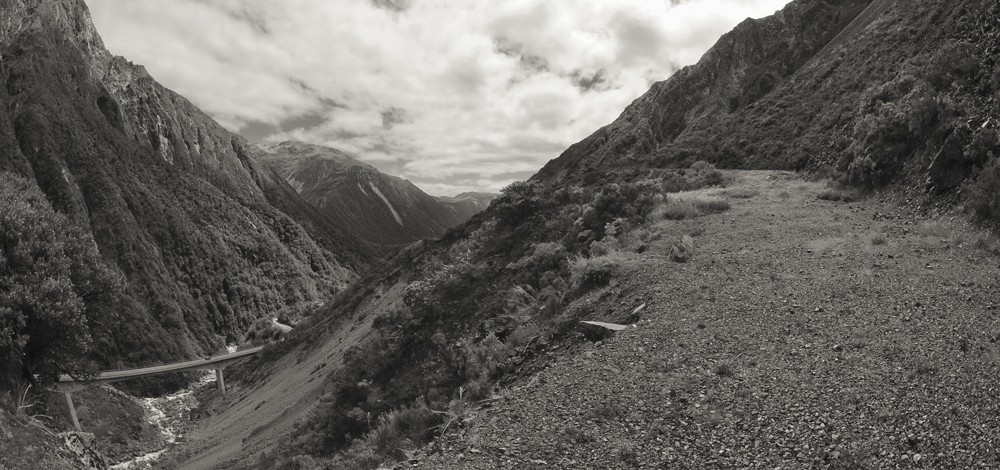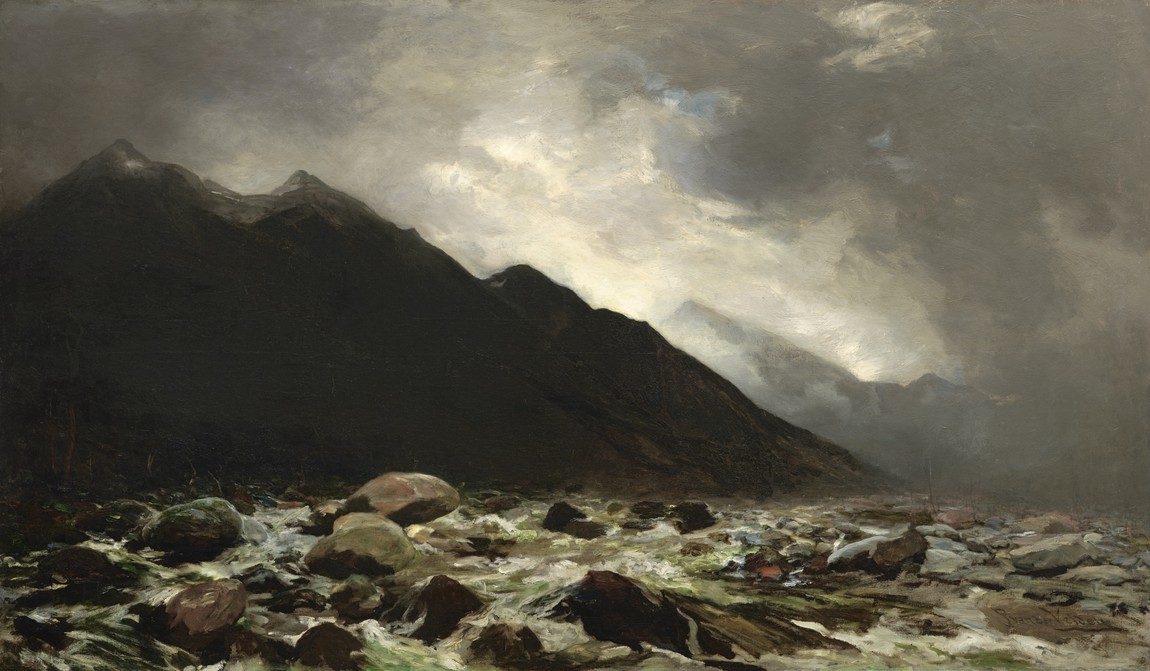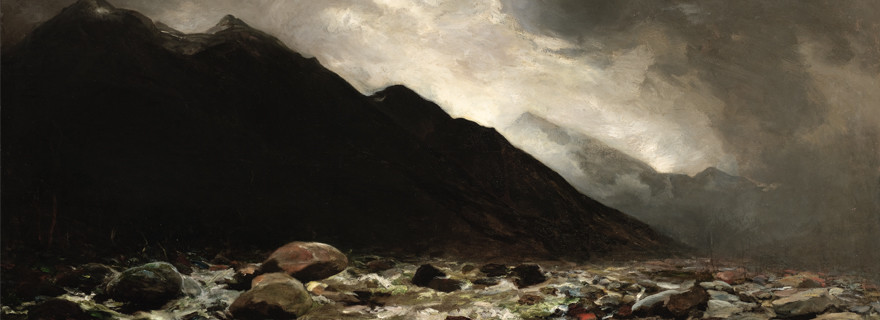Gold, Chalk and Rabbit-Skin Glue
Every frame carries its own history
![Anne-Sophie Ninino works on the frame of Petrus van der Velden’s Burial in the Winter on the Island of Marken [The Dutch Funeral].](/media/cache/4c/49/4c4956d6515ce691026cea814aed97a3.jpg)
Anne-Sophie Ninino works on the frame of Petrus van der Velden’s Burial in the Winter on the Island of Marken [The Dutch Funeral].
Bulletin talks to Anne-Sophie Ninino, a French-trained conservator based in Ōtautahi Christchurch with international experience in museum conservation and a specialisation in gilding, frame and heritage restoration.
What is your background and how did you come to be involved in this project?
My journey in heritage conservation began in Paris, where I completed an MA in Heritage Conservation at the Écoles de Condé in 2011. After relocating to Ōtautahi Christchurch in 2012 I refined my skills in gilding and frame conservation at Lin Klenner Studio, contributing to numerous earthquake remediation projects, including the conservation of the Canterbury Museum’s collections. Further studies in cultural and media policy and management have given me a deeper perspective on heritage conservation within wider cultural and institutional frameworks. I now run my own private practice in Ōtautahi, specialising in gilding and frame conservation.
My involvement with the Gallery began in 2021 when I was invited to restore the frame of Father’s Tea by Elizabeth Chalmers, which was severely damaged and required complete regilding. Since then, I’ve worked with the Gallery as a contractor on various conservation and restoration projects. In 2024, I was asked to assess the frame of Petrus van der Velden’s Burial in the Winter on the Island of Marken [The Dutch Funeral] to explore ways to restore its original beauty. The Christchurch Art Gallery Foundation supported the project by launching a fundraising campaign to finance the restoration and regilding work.
I was invited to carry out the work in the conservation lab at the Gallery, where conservators Eliza Penrose and Carla Pike kindly shared their space with me. It is always a pleasure to work with the conservation and exhibition team here at Te Puna o Waiwhetū.
How do you go about preparing a frame like this for conservation, and what is the process?
This particular frame is very large. At nearly three metres long and over one and a half metres high it’s definitely the largest and heaviest frame I’ve worked on so far. Its scale brings unique challenges – not just in handling, but in how I physically approach the work. Rather than moving the frame, I move around it, adapting to its size and specific features. To make this possible a special working table was designed and built by the very talented Martin Young, the Gallery’s workshop technician. The table was customised to the ideal height for my workflow, and even included an aperture so I could slide underneath and work from the inside of the frame (where the painting would normally sit).
One of the very first steps in any conservation project is to assess and document the condition of the object. In this case, the frame was originally gilded but had at some point been completely repainted with a thick layer of bronze paint. There were also numerous old repairs, including fillings and added ornamentation.
Because frame restoration can be a messy process, and because of the scale of the work required, the next step was to carefully remove the painting from the frame, at which point I could start cleaning it to remove surface dust and grime. I then removed some of the previous repairs, which I suspected were made with epoxy filler – a material unsuitable for this kind of work and identifiable by its very strong chemical smell. Epoxy can cause further deterioration over time, and is difficult to remove without damaging the underlying materials. Some areas, particularly along the bottom edge, also included added ornamentation that needed to be removed.
![Anne-Sophie Ninino works on the frame of Petrus van der Velden’s Burial in the Winter on the Island of Marken [The Dutch Funeral].](/media/cache/e8/e0/e8e0b7ac7ac44841c6e59bb5e36a434c.jpg)
Anne-Sophie Ninino works on the frame of Petrus van der Velden’s Burial in the Winter on the Island of Marken [The Dutch Funeral].
What is the frame made of and how do you recreate the missing bits of it?
The frame is made of wood and coated with traditional gesso – a mixture of chalk and rabbit-skin glue that is applied as a liquid then hardens to form a smooth surface that can be carved. The decorative elements are made from composition, often referred to as ‘compo’ – a historical material composed of chalk, animal glue, resin and linseed oil. When heated, compo becomes pliable and can be pressed into moulds. Once it cools, it hardens and can be shaped, carved and sanded.
In restoring this frame, I used the same traditional materials and methods that would have been used when it was originally made. All areas of loss were filled with gilder’s putty (a blend of animal glue and chalk), and any missing ornamentation was recreated using new composition. To do this, I took silicone moulds from sections of the original frame that had survived intact and used them to replicate the decorative details. I prepare all of these materials – composition, gesso and putty – myself using time-honoured recipes.
What are the major challenges you’ve hit with this one?
Every frame carries its own history, and part of the joy of my work is uncovering that story. Like archaeology or detective work, conservation involves close observation and interpretation: past repairs, materials and damage all reveal clues about the frame’s journey through time. With this particular frame, many of the previous restorations weren’t immediately visible due to the thick bronze paint covering the surface. It was only through close inspection – spotting uneven areas, inconsistencies in colour, or slightly off details in the ornamentation – that I began to uncover the extent of earlier interventions.
One of the more complex challenges was deciding whether to remove the paint. In some areas, the underlying gesso was extremely fragile, and the paint might have been holding it together. Removing it could have caused further damage, so each section had to be carefully considered on a case-by-case basis. In some places where I expected to find traditional gesso beneath the paint, I instead encountered an unusual white, plastic-like material – likely a modern intervention – that had to be removed and replaced with proper gesso to ensure a stable and authentic base for the gilding.
One of the key differences between paint and gold is that paint conceals flaws, while gold reveals them – it acts like a ‘look at me’ sign for every imperfection. For that reason, the surface preparation needs to be as smooth and flawless as possible.
Where I found damaged areas, I either gently sanded them or removed the bronze paint to reach the layer beneath. I would then reapply gesso where needed and sand again to achieve a uniform surface. All of this careful preparation ensures that the final gilding will adhere properly and look its absolute best.
How is gold leaf applied?
There are several traditional methods for applying gold leaf, depending on the surface and the desired finish. One of the most refined is water gilding, which involves preparing the surface with multiple layers of sanded gesso, followed by coloured clay coatings known as bole – typically in ochre, red or black. These layers help the gold adhere and provide a warm undertone. A gilding liquor (a mix of water and alcohol) is brushed on, and the delicate gold leaf is laid onto the damp surface using a specialist brush. This technique produces a highly polished and luminous finish but requires ideal conditions and meticulous preparation.
For the van der Velden frame, oil gilding was the more suitable option, due to the painted surface beneath. In this process, a specially formulated gilding oil is applied over a smooth, sealed surface. Once the oil reaches the right level of tackiness the gold leaf is carefully laid onto the surface, where it adheres.
I use genuine 23.75-carat gold leaf – an expensive but beautiful material that offers a rich, warm shine. Given the scale of the frame, gilding takes several days to complete. But the process doesn’t end there: freshly applied gold can appear too bright or pristine for a historic frame, so a patina is then applied to tone it down and integrate it more naturally with the painting.
The final appearance of the gilded surface – how aged or warm the gold looks – is determined in consultation with the curators. Their guidance ensures the frame complements the artwork and reflects the intended presentation in the gallery setting.
